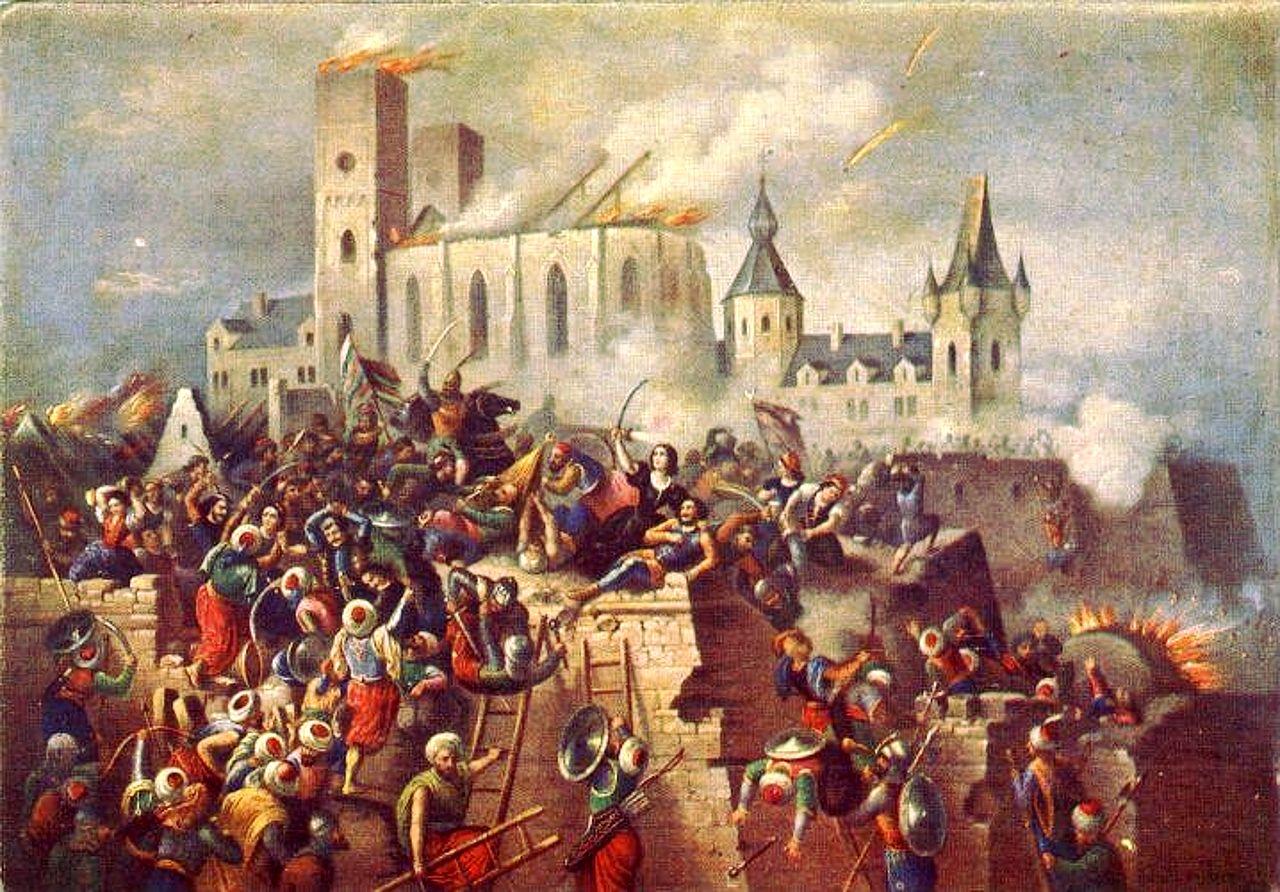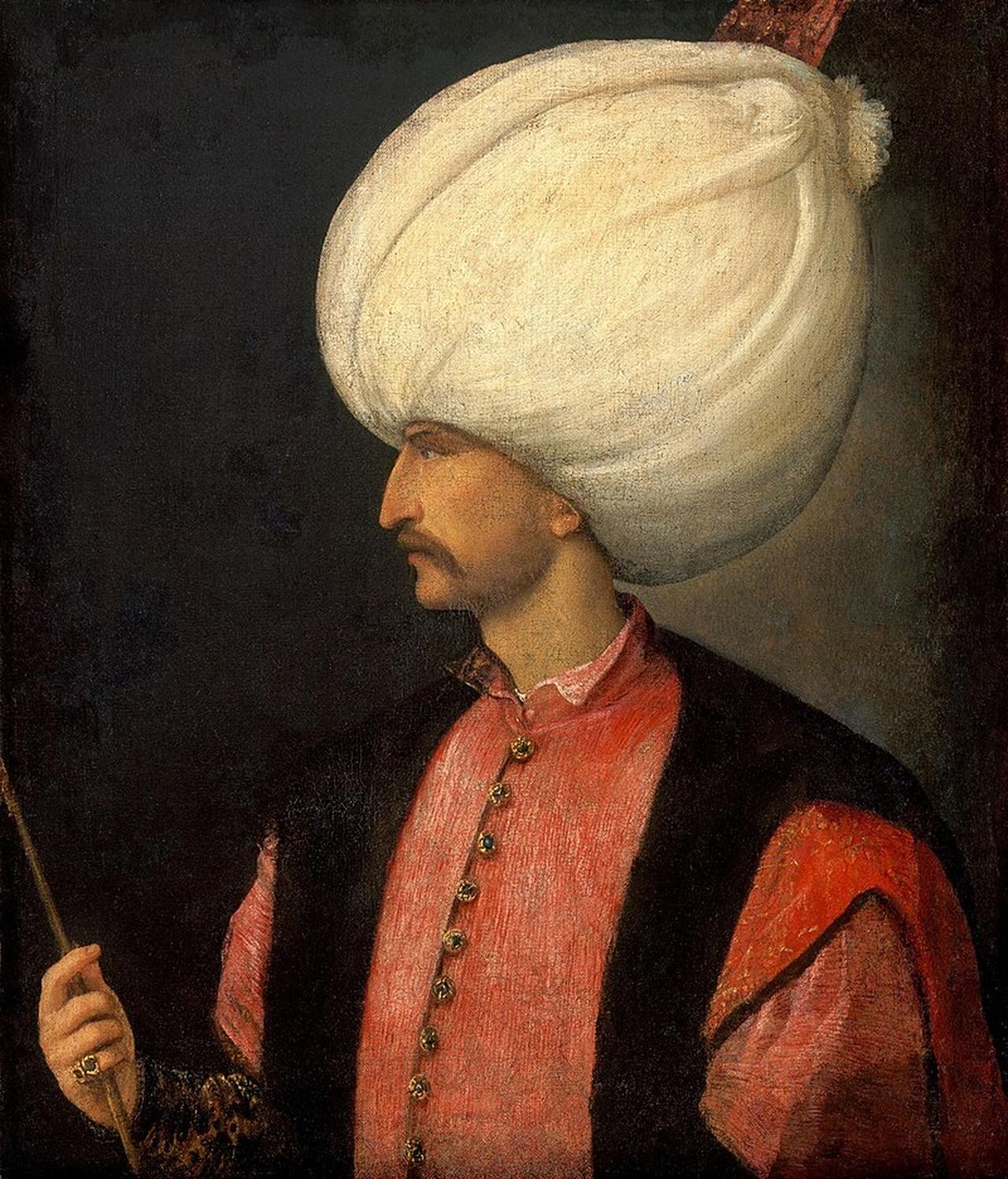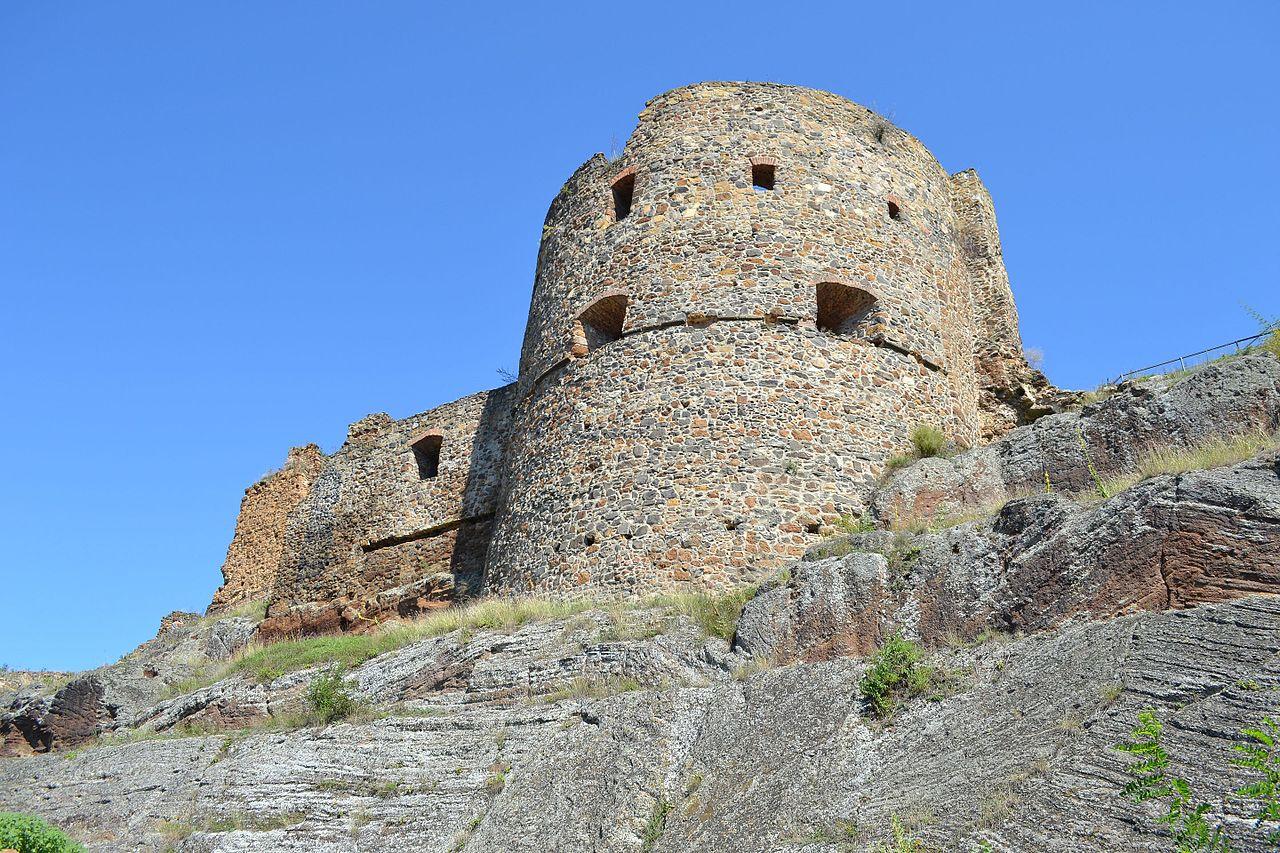
In the Ottoman-Habsburg wars, particularly the conflicts during the reign of Suleiman the Magnificent, a narrative often prevails where the Ottomans are constantly attacking and the Habsburgs remain on the defensive.
This narrative leads to a perception that the era of Suleiman the Magnificent—especially in continental Europe—lacked glorious victories and was generally a period of limited success.
The absence of large-scale conquests in Austrian territories despite the significant expenses of these campaigns, the failure to achieve an overwhelming dominance like previous adversaries, even though Ottoman diplomatic superiority was acknowledged, and the Austrians' repeated successful defense of their capital are the primary factors contributing to this perception.
Treating this struggle on such a superficial level prevents us from acknowledging the relentless efforts of Ottoman ancestors on the Hungarian frontier.
Notably, the closer proximity of the Habsburg power centers to the border regions compared to the main Ottoman army being stationed further away provided a significant advantage to the Habsburgs when the main Ottoman forces were not on the front.
Consequently, in battles where the Ottomans were on the defensive and the Habsburgs were attacking, the Ottomans often resisted with relatively smaller and more mobile forces compared to their adversaries.
However, due to the aforementioned perception, these epic defenses are overlooked.

Almost all the attacks launched by Austria against Hungary in 1530, 1537, 1541, and 1542 and by Spain against Tunis in 1535, Algiers in 1541, Mostaganem in 1558, and Djerba in 1560, aimed at the Ottomans, ended in the defeat of the invading forces by smaller defending units.
In the European campaigns, the fierce resistance of the akinci (light cavalry), and in the Mediterranean, the strategic brilliance of Turkish admirals, often turned the tide against much larger enemy armies.
One notable example is the 1537 Battle of Osek, where a 24,000-strong Austrian army under Katzianer, targeting the city and Ottoman supply routes, was annihilated by an 8,000-strong akinci force led by Malkocoglu Mehmed Bey.
The defeat was so significant for Austria that it was likened to the Battle of Mohacs. In 1541, a Habsburg army of over 50,000 soldiers advancing on Buda was routed at the Battle of Stuhlweissenburg after relentless raids by akinci units coming to relieve the city, resulting in over 20,000 casualties.
The following year, another attempt to capture Buda ended in disaster for the Austrians, thwarted by the steadfast defense of Malkocoglu Bali Bey and the support of akinci beys from neighboring provinces.

In the Mediterranean, combined forces led by the Spanish targeted Ottoman territories in North Africa. The siege of Tunis in 1535 was particularly bloody, but ultimately the Ottomans were defeated due to the betrayal of some Arab beys in the city.
Subsequently, another campaign directly targeting the city of Algiers, personally commanded by Charles V, resulted in a complete rout, and Charles V barely escaped with his life against a few hundred Ottoman defenders under the command of Hasan Agha.
In 1558, a 12,000-strong Spanish army under the command of Count Alcudete was also annihilated at the Battle of Mostaganem, and the count himself was killed.
In 1560, the large Spanish fleet stationed at the island of Djerba, aiming for Tripoli, was raided and destroyed by the Ottoman fleet under the command of Piyale Pasha. In many of these defeats, the attacking force not only lost but also faced the destruction of its army.
Even in the Ottoman campaigns in German territories, which are considered unsuccessful, such a devastating defeat was not encountered during the reign of Suleiman the Magnificent.